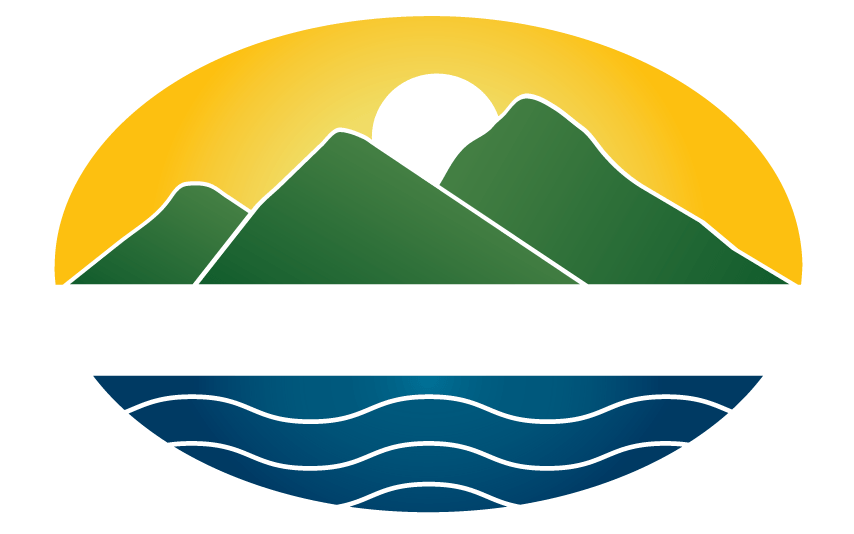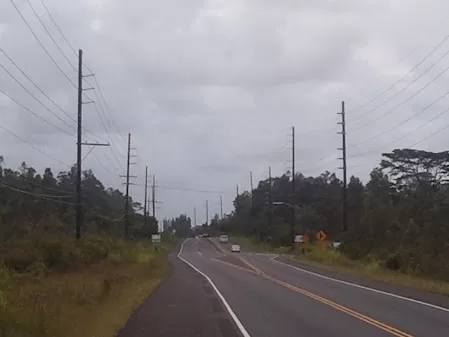The question is not whether an extreme weather event will hit Hawai`i, but whether we will be prepared.
Extreme weather events threaten Hawai`i electric, gas, water, wastewater, and telecommunication infrastructure. Hardening systems and added redundancy is required.
These threatened utility systems are regulated by the Hawai`i Public Utilities Commission. Life of the Land is in a PUC regulatory proceeding to examine HECO`s proposed five-year $190 million extreme weather event mitigation plan.
Phase 1 of the proceeding is approving the plan. Phase two of the proceeding will address two issues. MECO is considering relocating a 2-mile section of the Ma’alaea-Pu’unene transmission line. HELCO wants to relocate a 10-mile section of the 50-mile Saddle Road cross-island transmission line. The line travels through a critical habitat area in upper Kaumana.
Global temperatures, greenhouse gas emissions, and climate-related extreme weather events are on the rise. The atmosphere can hold about 4% more water vapor for every one degree Fahrenheit increase in temperature (7% for every one degree Centigrade). Heat events are getting longer and hotter. Wildfires are burning longer and over wider areas. Droughts are on the rise. causing flooding.
The increase in heat and water is causing climatic chaos including heat waves, freezes, prolonged droughts, tornadoes, tropical cyclones, sea level rise, floods, rain bombs (wet microbursts), snow bombs (bomb cyclones), and changes in the polar vortex. Hurricanes are increasing in strength.
Fires can burn transmission and distribution infrastructure. High winds can knock down poles. Flooding can destabilize the ground around poles and pole anchors. Saltwater intrusion can corrode equipment. It isn`t a question of if but rather when disasters will strike.
If outages do occur, the financial impact to customers from on-site damages will be far greater that the cost of repairing the grid.
What level of upgrade should be contemplated as extreme weather events are increasing in size, intensity, and frequency? Should the focus be on strengthening transmission line towers, undergrounding lines, being able to sectionalize the grid so that damaged parts can be isolated, or building private and/or public microgrids? What is a meaningful timeline? Who should pay?
Hawaii can strengthen its infrastructure to minimize the damage from hurricanes up to category 4. A category 5 hurricane would destroy Hawai`i.
Hawaiian Electric asserted that the proceeding is only about getting an okay to spend the money and to get ratepayers to finance the programs. If some of the projects are cheaper than expected, the project can either be expanded, or the utility can shift the money to other projects.
Every wooden pole could be replaced with a massive steel tower or strengthened with additional anchor ties. Every overhead line could be buried. The HECO Companies could enable the grid to break apart into a hundred microgrids to isolate any disturbance. Each microgrid would need to have generation. Hawai`i can focus on building distributed systems based on solar panels and batteries. The hardest section to implement this is the economic engine on O`ahu: downtown Honolulu and Waikiki. All these options cost money. All options will raise rates.
Some of the proposed projects involve strengthening and or moving towers in critical habitat on conservation land while other projects involve crossing state highways.
Life of the Land asked HECO about environmental compliance and environmental impact statements. HECO asserts that this project is just about securing the funds and any application will occur later, so environmental impacts need not be examined within the PUC proceeding.
“Hawaiian Electric objects to this request as vague and ambiguous, assuming facts not in evidence, and requesting legal conclusion. Subject to and without waiving this objection, the Company responds as follows. This Program is comprised of a series of separate projects that are not fully identified at this time. However, to the extent that they are not otherwise exempt… and there are discretionary approvals required for these projects that trigger Chapter 343, the Company will comply in the appropriate manner.”
HECO asserts that undergrounding lines is a hardening method, however the cost is too high for most transmission lines.
The first line of defense is strengthening transmission towers connected to hospitals. Then other critical facilities will be addressed. These include telecommunication systems, police and fire stations, military, water and wastewater facilities, and ports.

